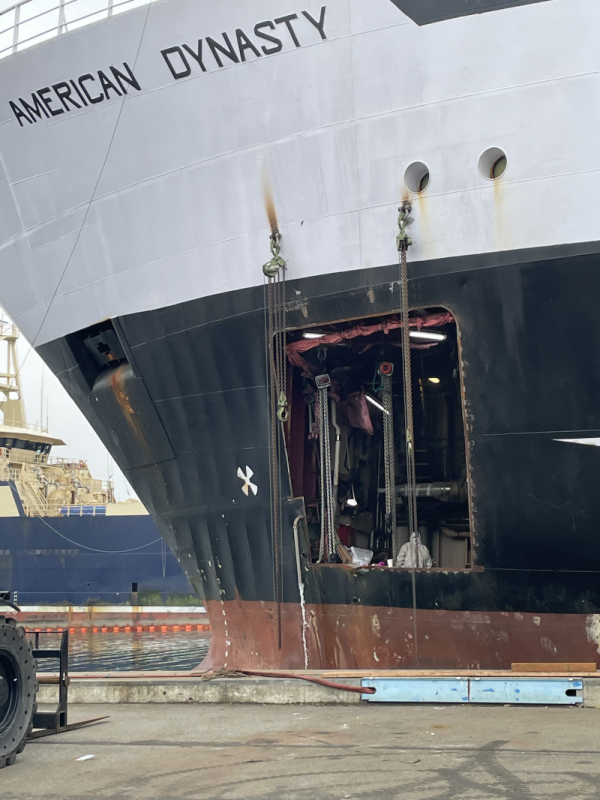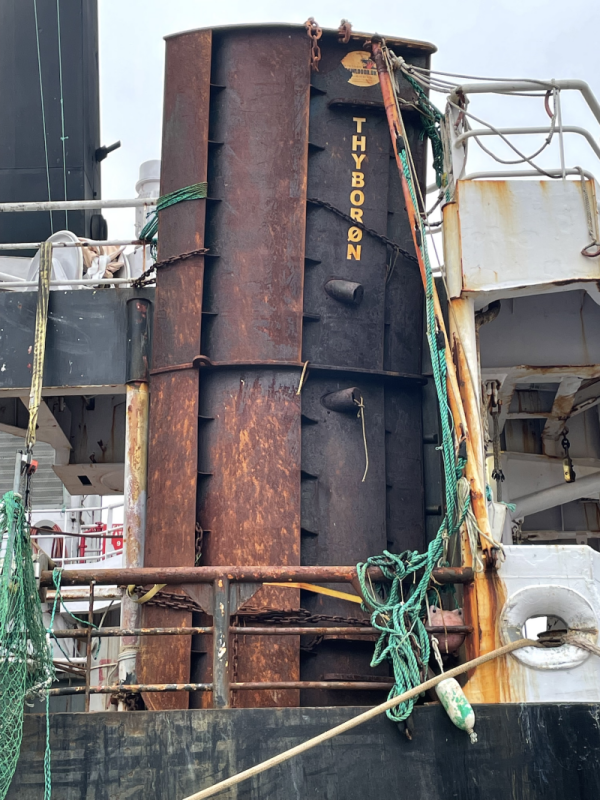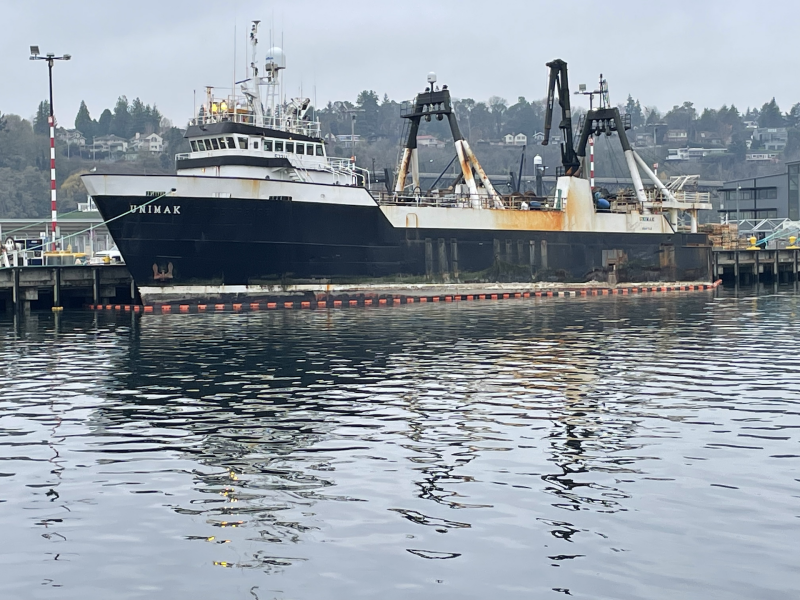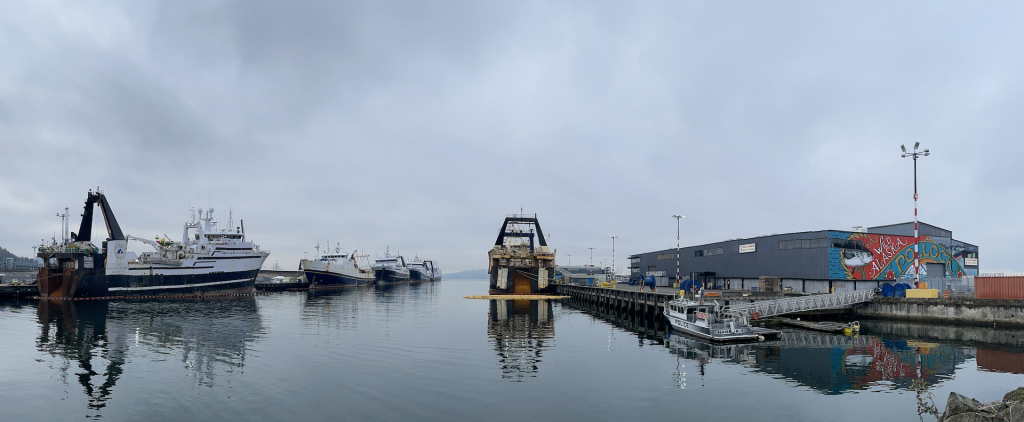In the off-season, the Alaska trawl fleet returns to Seattle for the annual maintenance that keeps the fleet sturdy at sea
Visiting the big boats at Pier 91 might be as close as most people will get to the action on the Bering Sea. The waves rolling invisible through the endless Arctic night, unseen until they reach the lights of the boat; the ice-covered decks; the huge cod ends hauled aboard with thousands of pounds of fish in the mix — all of it can only be imagined when walking among the giant vessels at Seattle’s Pier 91.
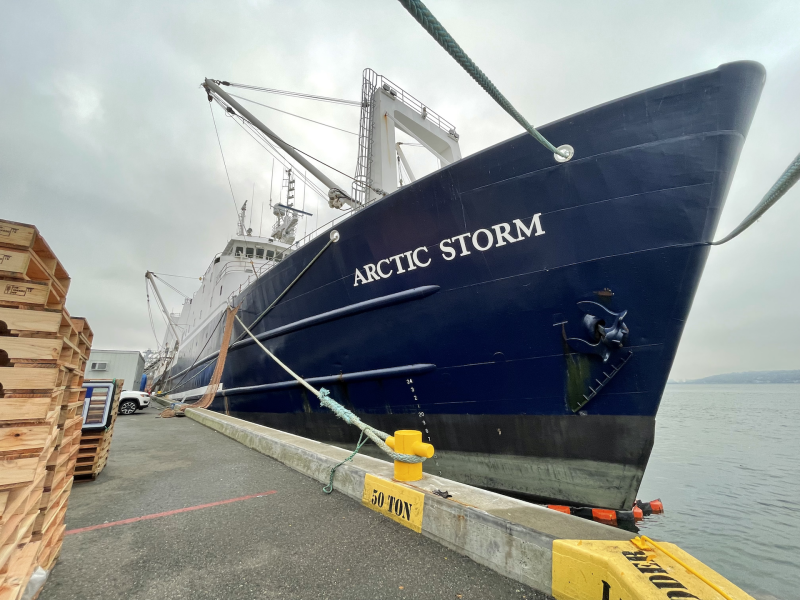
The youngest of these boats is the Arctic Storm. Built in 1988, she is a virtual child next to the 53-year-old Northern Jaeger. The grind of fishing for weeks and months at a time in a remote and sometimes brutal environment takes its toll on these boats that together with a few dozen others, prosecute the largest fishery in the United States, the Alaska pollock fishery. In volume alone, it dwarfs the rest.
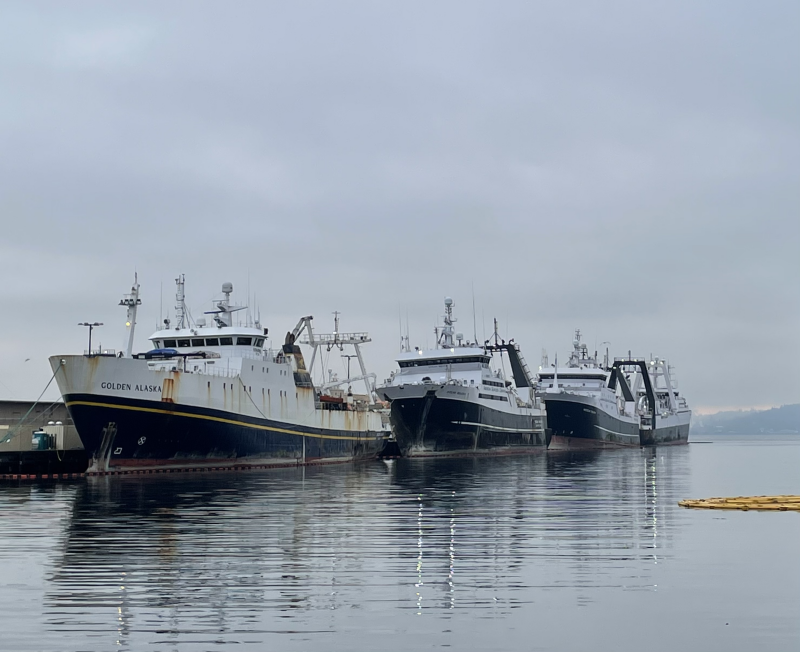
In 2020, the fleet of 30-plus vessels, not including catcher boats, landed 3.23 billion pounds of Alaska pollock from the Bering Sea and Gulf of Alaska, with a value of approximately $420 million, according to NOAA statistics. It sounds like a pile of money — and it is. But new boats cost in the millions to build. So the fleet returns to Pier 91 and other docks around the Seattle area, where workers swarm over them, keeping them fit for service.
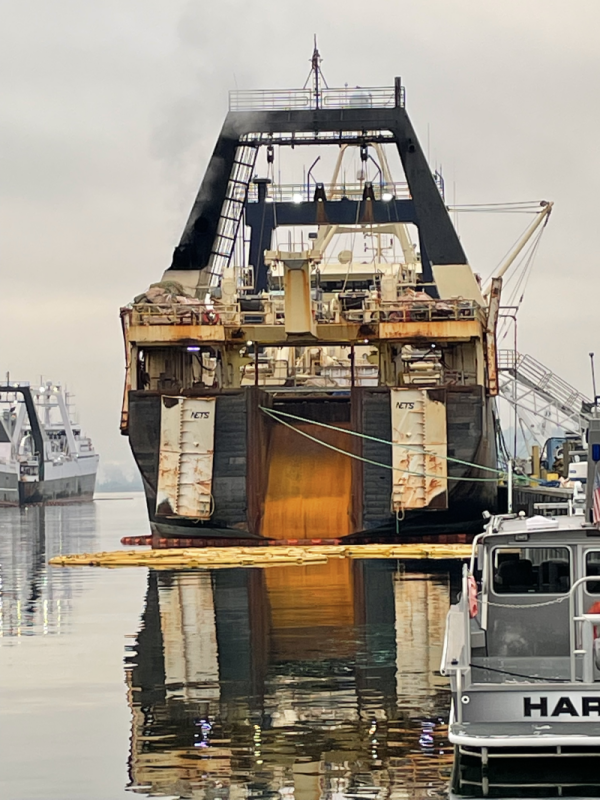
It’s a big job. And even on a Sunday morning, the flash of welders can be seen, accompanied by the sound of power tools and engines. A team of Caterpillar mechanics works on the gensets of the Ocean Rover. A crew in greasy overalls readies the deck gear on the American Triumph. Everywhere people are walking up and down steep gangplanks, carrying tools and pieces of equipment.
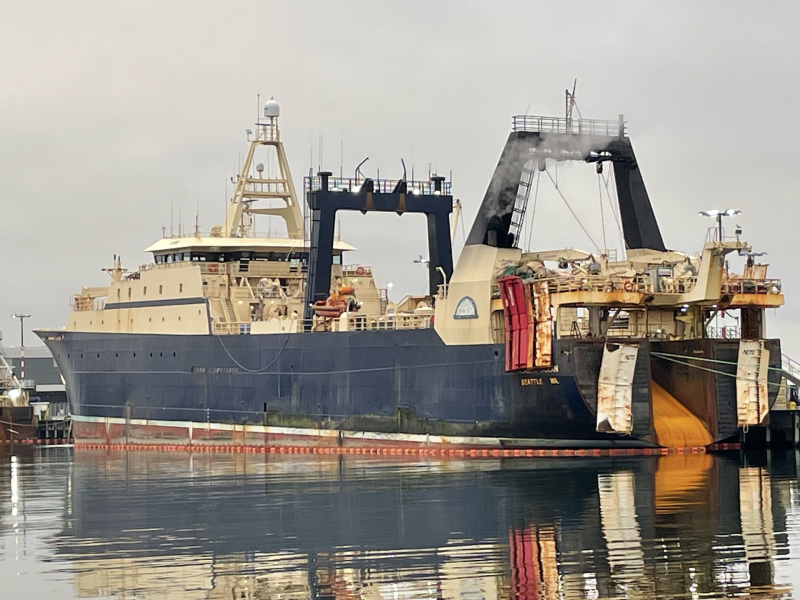
On the dock stands a row of propeller blades. Farther along, a new net reel sits ready to go aboard, while old winches and processing equipment ready await removal. Near the boats, voluminous containers get filled with refuse.
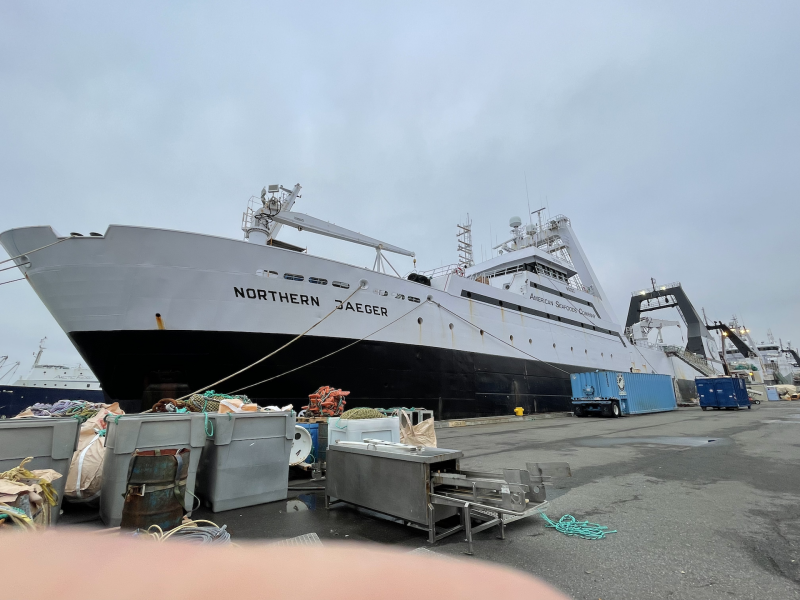
There are new boats coming to the fleet, Arctic Storm Management Group’s new Arctic Fjord, and Glacier Fish Company’s North Star. But these decades-old veterans remain the backbone of the fleet. From Seattle, they return north to catch the fish that feed a hungry customers around the globe.
